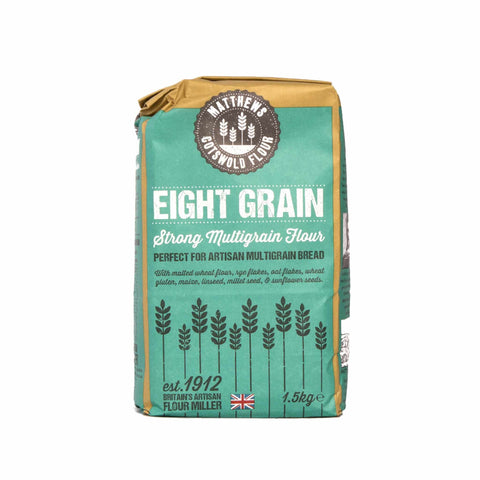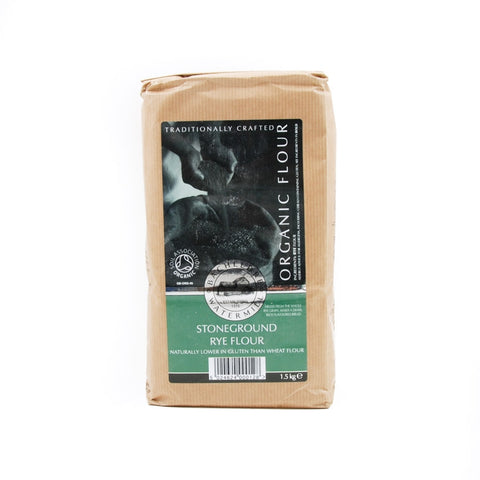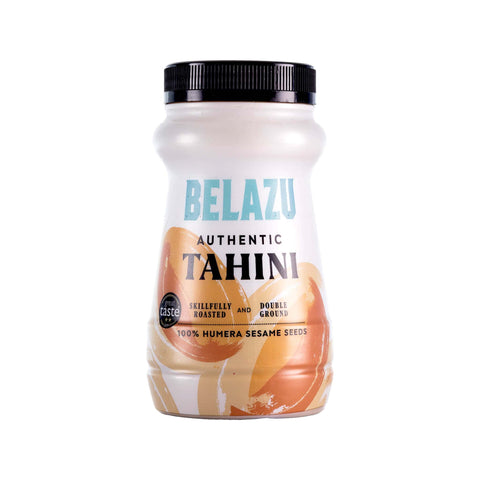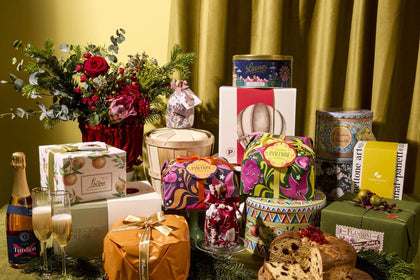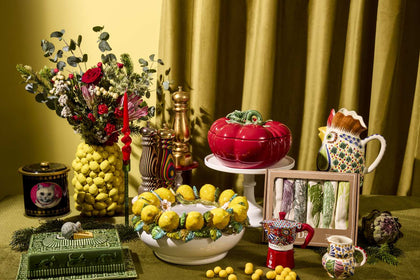The Ultimate Guide To Baking Ingredients With Edd Kimber

What are the different types of flour you can use in baking?
Right now, people are much more open to using different types of flour. There’s something incredibly fun and delicious about playing around with different grains. Using different types of flour can add much more interest to a bake. Depending on the variety you use, it can add depth of flavour and texture to everything from cookies to tarts.
Choosing which flour you buy is also vital. Flour is the key ingredient in most baking recipes, and just as you would you source the best eggs, you should focus on great flour. It could be as simple as sourcing from a local mill, or knowing how the flour has been processed.
Here are a few ideas for experimenting with flour:
- Rye flour works well in pastry, cookies and also as the key ingredient in rye bread
- Wholemeal flour can be used for bread and tarts
- Strong white flour is a good option for breads, bagels and pizza bases
When experimenting with different types of flour, you have to know what you're doing because they all behave very differently. A great place to start is to take a recipe that you already have, and sub in a small amount (around 25% of the total weight) with a different variety, be that whole grain or rye.
MORE: Learn more about the different varieties of flours here
Matthews Cotswold eight grain flour is made of wheat, rye, oats, malted wheat flakes, maize, linseed, millet seed and sunflower seed. The strong flour mix is fantastic for multiseed bread and rolls, and works well in bread machines as well as hand-kneaded recipes.
This dark rye flour makes dark, rich and nutty rye bread. Use it to make rye scones and sourdough with a dense texture. Or combine it with strong white flour for a lighter loaf with distinctive rye flavours.
How important is vanilla in baking?
Vanilla is very important in baking. It should be thought of as a seasoning which layers extra flavours into bakes. Although vanilla isn’t a primary ingredient, it’s still used in many recipes for adding extra depth.
There are a few forms of vanilla you can buy. Vanilla pods offer a really intense flavour, and because they’re quite costly you don’t want to waste them! Once you’ve used the seeds, try adding the pods to alcohol or sugar to infuse. That way, you’re getting so much more out of the product.
Vanilla paste is another form of vanilla and adds a really intense, clean flavour.
Unfortunately, vanilla is a very misunderstood product. It's divorced from its origin and I think most people don’t understand how difficult it is to grow, hence why it can be pricey.
What type of chocolate do you recommend using in baking?
Which chocolate you choose is down to personal preference, and the chocolate you enjoy eating. I say my general rule is if you like it, use it, but if you don't like it, adding it to a cake or cookies isn’t going to make it any better. Finding a style that you like is the most important thing.
I still believe a lot of people think 70% means good, and that’s not necessarily the case. One important thing to consider is being sensitive to the recipe, because the writer will have chosen the certain percentage for a reason.
As well as it being the right strength of flavour, it’s also about sugar and fat levels. If you swap a 65% bar for 30%, you’re going to have a bake that’s much sweeter than intended.
Looking at the packaging will reveal a lot as well. Good chocolate will list ingredients, origin and percentage. If they’re not listed, there’s a reason you’re not being told.
Are there any other ingredients you love to use in baking?
At the moment I’m playing around with tahini a lot, I just think it has such a depth of flavour and pairs well with lots of different bakes. It’s always been a staple of Middle Eastern cooking but I’m excited that it’s getting to the stage where it’s become more widely available.
I’ve recently started using black tahini, which not only adds a striking colour, it gives a slight bitterness and punch.
Using ground nuts is a great way of adding moisture to a cake. Pistachios, in particular, provide a vivid colour and mild sweetness.
Belazu tahini is made on Mount Gerazim near the town called Nablus in the West Bank, which is known as the original home of tahini. It’s made using seeds from Ethiopia, which are skilfully roasted to release a rich, nutty and balanced flavour. The seeds are then double-ground to create Belazu tahini’s signature creamy texture and glossy finish.
How do your travels inspire your baking recipes?
I’ll always try and pay homage rather than recreating an exact same bake. A lot of the time I’ll take flavour inspiration and then translate those flavours into something I’d like to make.
If I am trying to create a bake from a certain place - say Eccles cakes or matcha swiss roll - and I have no knowledge of it, then I’ll take time speaking to and learning from people who know.
These recipes are always done from a place of just really enjoying the flavours of a certain cuisine, and wanting to spread that joy.
